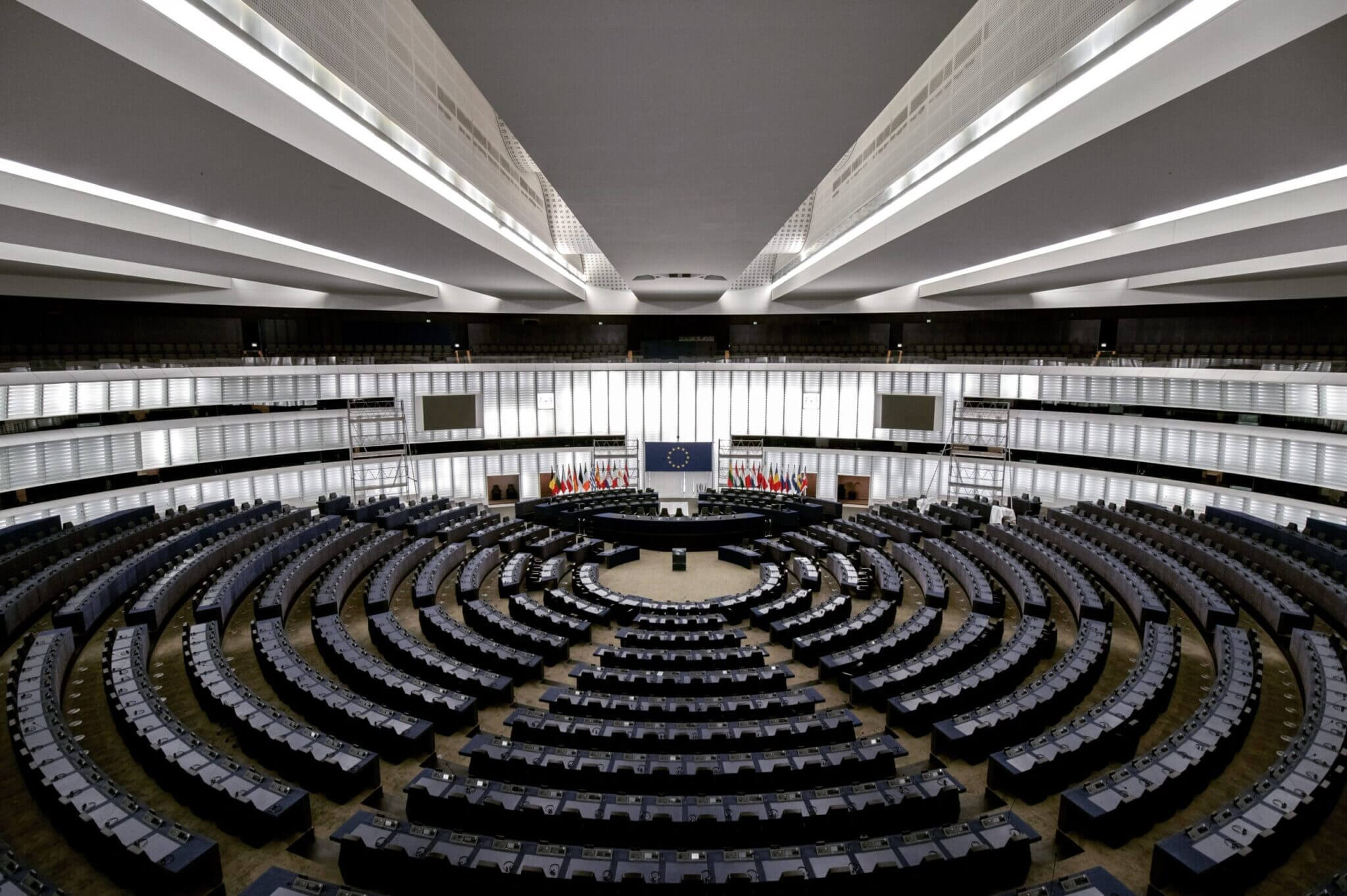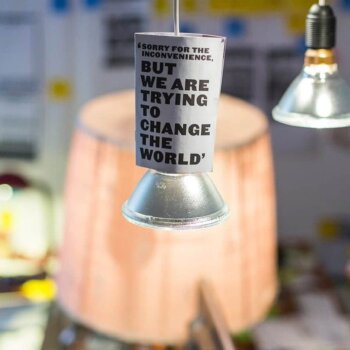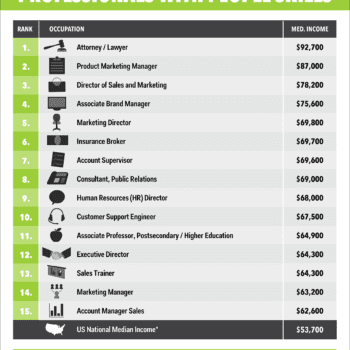Since Obama’s investiture in 2008 and his promotion of civic innovation and open data, civic tech startups a.k.a startups working on the citizens issues have gotten the attention of the public. Entrepreneurs and investors have been experimenting and launching tons of new projects to find answers to the challenging question: can tech crack the problems of our democratic system?
Between Silicon Valley thinking that tech can solve anything and Washington thinking that only democracy can solve democracy, this question creates a lot of debate and would take more than an article to be fully addressed. One thing for sure is that the civic tech ecosystem is boiling right now to provide the tools and infrastructure to help citizens and governments address their challenges
> Some citizen-centric challenges of the US democracy are explained in my previous article here.
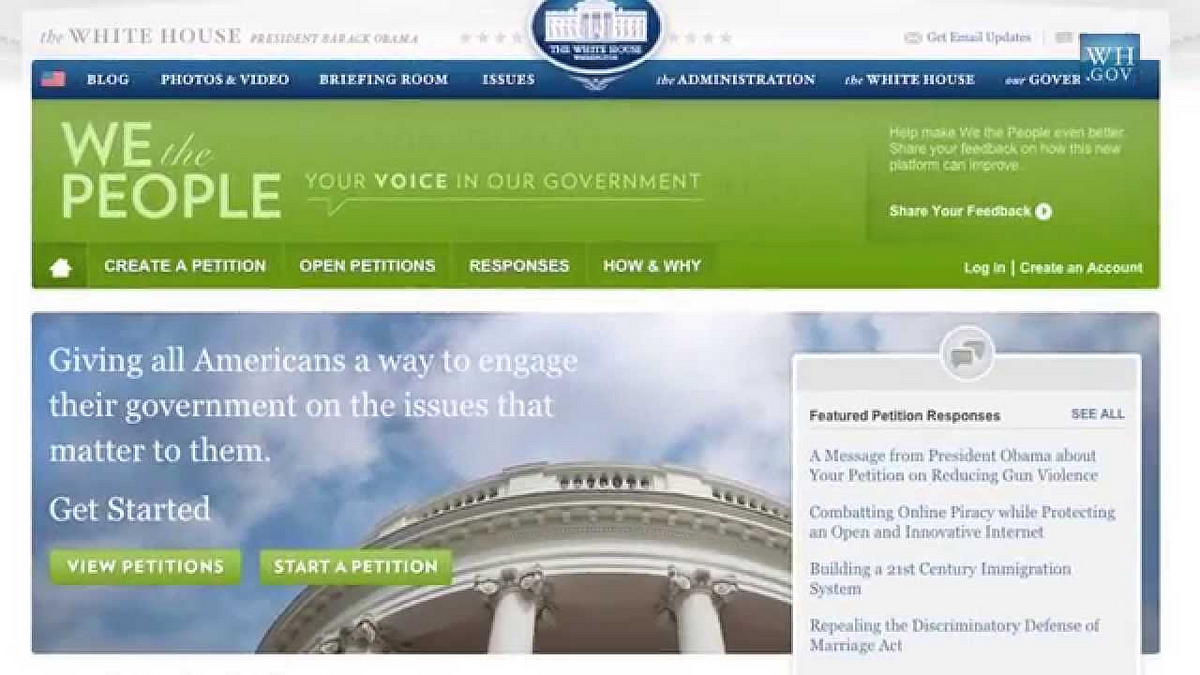
The most interesting evolution the civic tech ecosystem is experiencing right now is the replication of the best projects by public administrations.
The most popular example being We The People which is basically a copycat of the petition website Change.org, allowing citizens to address issues to the White House and obtain answers.
The public sector is going digital not only by partnering with existing companies but by creating their own services, thus preserving its sovereignty. That means more and more entrepreneurs and developers are actually working within both national and local administrations.
Beyond the implementation of those digital services, their application is, of course, depending on the good will of the administrations (we can see the limit with the current one). But it is really exciting to see how the gap between the private and public sector has reduced over the past years.
A question kept coming back during my conversations on the subject, one that I think is critical to answer: Why can’t governments move fast like the private industry?
Governments cannot be innovative
We have seen the rise of big corporations and startups adapting and evolve with the needs of their customers. Why can’t the governments adapt to the needs of their population? Why is it so slow?
Truth is, innovating in the public sector cannot and should not be like in the private one. Startups and corporations are about maximizing their internalities while public administrations are also about minimizing the externalities.
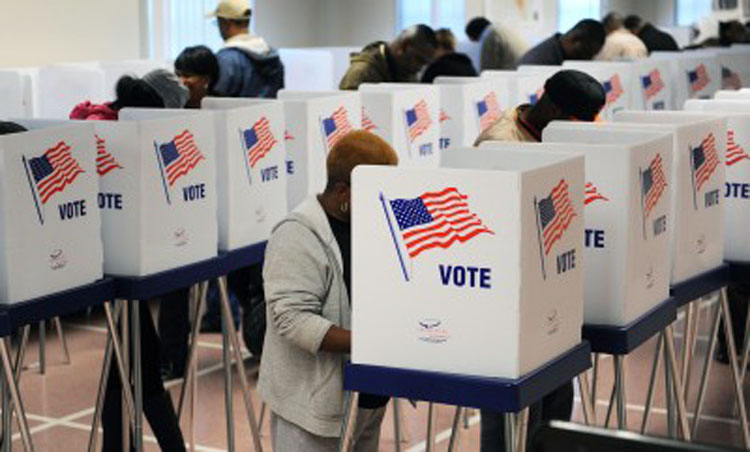
Straight-forward example: Let’s imagine the US authorize online voting in addition to physical for the next presidential elections. Obviously, it is a good way to incentivize people to vote. You will be able to vote from anywhere at any time, and more importantly, the cost to make one hundred people vote will be the same as one thousand or one million.

But on the other side, you are favoring the population with easy access to the Internet, meaning the middle and upper classes. And more, you are also favoring the younger generations over the older.
These populations have different known political opinions. Ultimately, you are deliberately modifying the voting repartition power in the country. It is not necessarily a bad or a good thing (keeping only physical voting is also favoriting a specific demographic segment) but there are a lot of issues that need to be worked on thoroughly before making any change on the democratic balance. I’d like to call this the participatory bias.
This participatory bias is the reason why the public side will always have a latency to adopt technology.
On the private side, when a business wants to work on a new product, it will only focus on its customer. The goal of a startup is even to find a specific segment of the population with its own needs and problems, a niche, to test innovative solutions in order to improve their experience and optimize the acquisition and retention of this population. In other words, he will maximize the internalities.
But the public side needs to look at the externalities that its new products can create. It cannot isolate a population, but has to look at what are the negative effects on the others. And more, like a big corporation, it cannot experiment and fail like a startup does, because it has to preserve its reputation and trust legacy.
Now the situation isn’t locked. Thanks to the civic tech ecosystem, governments have found a way to externalize innovation and learn from experimentations, failure and successes without doing it themselves. Startups and labs are handling the difficult role of inventor, and are showing the good way to use tech for citizens, iteration by iteration. More interesting, they are also showing that they are not threaten by public side replications. In fact, they are finding their complementarity.
About the Author
This article was written by Ramy Ghorayeb, is the third piece of a series on the future of civic tech and citizen engagement. It completes my study “Can Civic Tech Save Democracy? How technology is renewing civic engagement” written for L’Atelier BNP Paribas and published last December.
